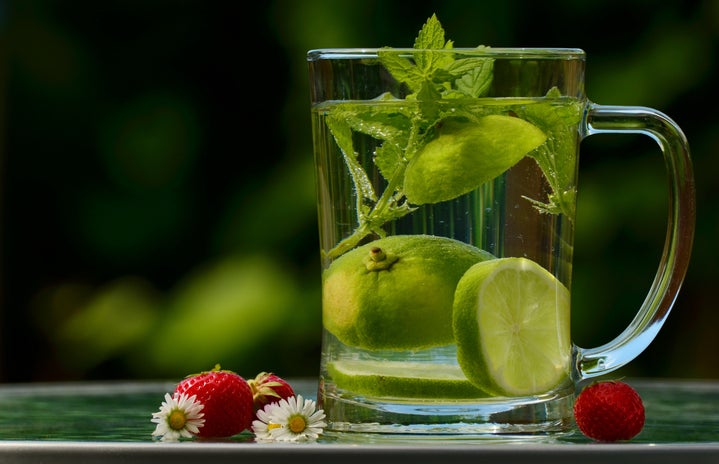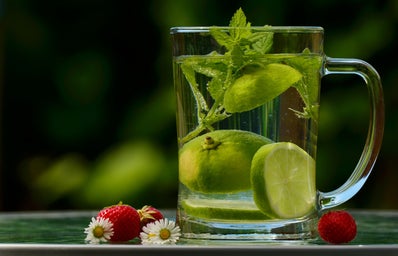With the rotating door of trendy fad diets coming in and out understanding how to be healthy and what foods to eat can become confusing. Especially with New Year’s Resolutions on our brain it can be extra hard to steer past false advertisements to find a good and healthy diet. We all like the idea of get skinny quick labels, but sorry to break it to you the best way to lose weight is with a healthy diet and exercise. Here is a quick overview of which foods to eat from each of the six food groups as well as how to incorporate them into some of your meals!
There are four different groups of vegetables which include: dark greens, reds and oranges, legumes (beans and peas) and starches. The best way to eat any of the vegetable groups is raw and fresh, as heating can cause vegetables to lose some of their available nutrients. However, if raw vegetables aren’t your thing try lightly cooking them with your favorite seasonings. Surprisingly, frozen is the second best way to eat vegetables and the third best way is canned. When eating vegetables be careful not to eat them with lots of butter, salt or heavy sauces as this will eliminate their overall healthiness.
Since fruit is usually eaten raw, getting the most out of its nutrients shouldn’t be too hard. It’s best that half of your fruit intake is whole and fresh fruit. Canned fruits, fruit juices and fruit sauces tend to have extra sugar which is bad for your health and diet. On the other hand, eating fresh fruit keeps your sugar intake low, nutrients high and taste buds happy.
There are two main types of grains, whole grains and refined grains. Refined grains lose most of their nutrients during the milling process and are commonly higher in saturated fats, sugar and sodium. Foods which contain refined grains include cookies, cakes and some snack foods. It is recommended that at least half of your grain intake be whole grain, like a whole grain cereal.
When drinking milk choose a low or fat-free milk rather than whole milk. Also, when buying milk or a substitute like soy milk make sure it is fortified with vitamin A and D. Try to also limit your intake of dairy products that are high in fat and sugar, like ice cream.
Protein foods are most commonly found in animal products like meat, poultry, eggs and seafood. Although, nuts, soy products and legumes also have protein, just not as high of an amount as in animal products. When eating a protein food go for a leaner cut or a leaner meat to avoid processed foods and extra fats.
Contrary to popular belief, there are healthy oils. Canola, corn, olive, peanut, sunflower and soybean oil are high in monounsaturated fat, which is actually the best fat for you. Coconut, palm kernel and palm oil are higher in polyunsaturated and saturated fats which are less healthy for you. A tip for recognizing saturated fat is it is usually solid at room temperature!
Here are some simple meals to help you fit these criteria and food groups into your daily routine!
Breakfast:
- Option 1: Whole grain bagel with low-fat cream cheese spread, raspberries and a glass of milk.
- Option 2: Whole grain cereal and low-fat milk with a banana.
Lunch:
- Option 1: Whole grain pizza crust with low-fat cheese, spinach, tomatoes, and olive toppings. Also, a leafy side salad with nuts and an olive oil topping.
- Option 2: Whole wheat bun with a turkey burger, lettuce, tomatoes and onions with a side of sweet potato fries and low-sodium ketchup.
Dinner:
- Option 1: Fish tacos wrapped in a whole grain tortilla topped with a fruit, red vegetable, and orange vegetable salsa and finished off with a dollop of low-fat sour cream.
- Option 2: Chicken breast grilled in olive oil with a side of asparagus and toast. Add a sprinkle of low-fat mozzarella cheese on top.

